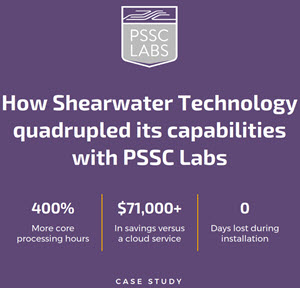As mentioned earlier, SCSI and ATA connect a storage device to a computer. A number of devices now days are no longer strictly internal and may be connected via the bus with an external cable. SAS and SATA both have cables that link an external disk with the machine. In addition, standard general purpose connectors such as USB and FireWire may link a disk to a computer; the drive casing actually uses SATA or SCSI internally and must convert the USB or FireWire signal.
Since we see that the formerly internal disk may be moved outside by connecting it to the standard bus, it is not a stretch then to imagine that the disk may be moved off the bus and connected to a standard network. Indeed, this is what the iSCSI (Internet SCSI) protocol does. SCSI packets may now travel over TCP, thereby leaving standard network hardware as the connector.
But iSCSI as simple as this is now prone to the same trouble that vanilla IP-networks are notorious for, including copying of large messages. A fix for this is iSER (iSCSI Extensions for RDMA), which provides zero-copy message transfers for SCSI packets. Thus, the RAID for a cluster may now be connected via InfiniBand or iWARP, all thanks to iSER. The result is that the customer may save on additional storage connector such as Fibre Channel, thereby greatly reducing the cost of the cluster.



